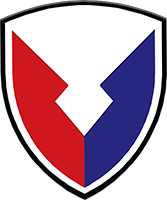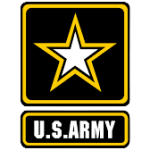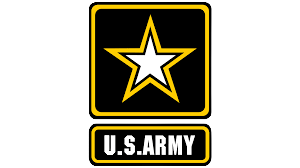ORGANIZATION
UNDERSTANDING THE ARMY'S STRUCTURE
ORGANIZATION
The Army, as one of the three military departments (Army, Navy and Air Force) reporting to the Department of Defense, is composed of two distinct and equally important components: the active component and the reserve components. The reserve components are the United States Army Reserve and the Army National Guard.
Regardless of component, the Army conducts both operational and institutional missions. The operational Army consists of numbered armies, corps, divisions, brigades, and battalions that conduct full spectrum operations around the world. The institutional Army supports the operational Army. Institutional organizations provide the infrastructure necessary to raise, train, equip, deploy, and ensure the readiness of all Army forces. The training base provides military skills and professional education to every Soldier—as well as members of sister services and allied forces. It also allows the Army to expand rapidly in time of war. The industrial base provides world-class equipment and logistics for the Army. Army installations provide the power-projection platforms required to deploy land forces promptly to support combatant commanders. Once those forces are deployed, the institutional Army provides the logistics needed to support them.
Without the institutional Army, the operational Army cannot function. Without the operational Army, the institutional Army has no purpose.
ARMY COMMANDS (ACOM):

U.S. ARMY FUTURES COMMAND (AFC)
AFC will modernize the Army for the future; integrate the future operational environment, develop and deliver future force requirements, design future force organizations and deliver materiel capabilities.

U.S. ARMY MATERIEL COMMAND (AMC)
AMC provides superior technology, acquisition support and logistics to ensure dominant land force capability for Soldiers, the United States, and our Allies.

U.S. ARMY FORCES COMMAND (FORSCOM)
FORSCOM trains, mobilizes, deploys, sustains, transforms, and reconstitutes assigned conventional forces, providing relevant and ready land power to combatant commanders.

U.S. ARMY TRAINING AND DOCTRINE COMMAND (TRADOC)
TRADOC recruits, trains, and educates the Army’s Soldiers; develops leaders; supports training in units; develops doctrine; establishes standards; and builds the future Army.
ARMY SERVICE COMPONENT COMMANDS (ASCC):

U.S. ARMY CYBER COMMAND (USARCYBER)
United States Army Cyber Command is an operational level Army force, with ARCYBER designated by the Secretary of the Army as an Army Service Component Command to U.S. Cyber Command (USCYBERCOM). Army Cyber Command directs and conducts integrated electronic warfare, cyberspace and information operations as authorized, or directed, to ensure freedom of action in and through cyberspace and the information environment, and to deny the same to our adversaries.

MILITARY SURFACE DEPLOYMENT AND DISTRIBUTION COMMAND (SDDC)
SDDC is the assigned Army Service Component Command (ASCC) to the United States Transportation Command (USTRANSCOM) and a Major Subordinate Command (MSC) to U.S. Army Materiel Command (AMC).

U.S. ARMY INTELLIGENCE AND SECURITY COMMAND (INSCOM)
INSCOM is designated by the Secretary of the Army as a Direct Reporting Unit (DRU) and reports directly to the Army DCS, G-2. The INSCOM synchronizes the operations of all INSCOM units to produce intelligence in support of the Army, Combatant Commands, and the National intelligence community.

